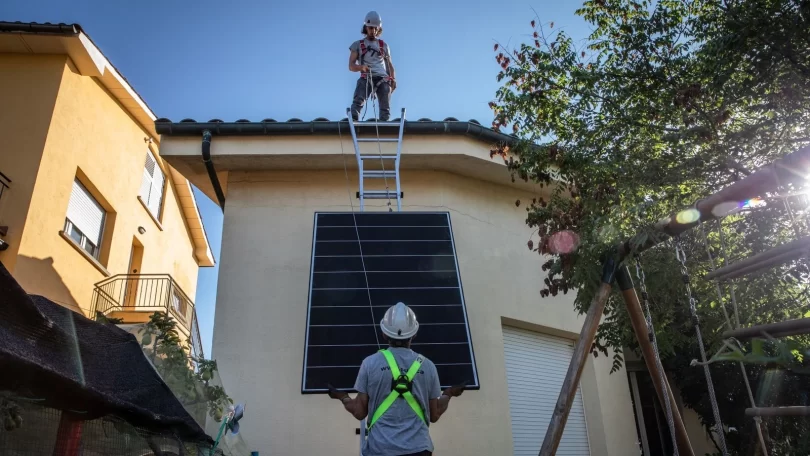[ad_1]
Let’s say you want to sell your home in Cape Coral, Florida, and think you’ll get a great price because of the proximity to water. Or perhaps you’re thinking of buying a starter home in a newly built-up neighborhood in Houston.
Also Read| Rera warns of action against agents charging arbitrary brokerage in Gurugram
Did the property’s risk of flooding in the next 30 years cross your mind as you considered the home’s curb appeal? Probably not, but maybe it should have.
Potential homebuyers who reviewed property listings that included flood risk were less likely to look at and bid on homes in areas with a severe risk of flooding, according to new research made available exclusively to Bloomberg.
In short, transparency on risks matters, says Daryl Fairweather, the chief economist at Redfin. The real estate brokerage site conducted the study in conjunction with the University of Southern California, the National Bureau of Economic Research and the Massachusetts Institute of Technology.
“Climate change is actually impacting economic decisions that people are making,” Fairweather said in an interview. “We didn’t have evidence of that before. Definitely not in the housing market. And now we know that if you give somebody information about flood risks into the future, it’s going to change whether or not they decide to buy a home.”
Also Read| Drought, record heat, fires and now floods: California’s extreme weather year
From Oct. 12, 2020 to Jan. 3, 2021, Redfin ran an experiment on 17.5 million of its users across the US. As prospective homebuyers entered the site, Redfin assigned them randomly to either a group that was shown flood-risk information on each property or a group that was not.
The flood-risk scores came from First Street Foundation, a climate and technology nonprofit that works to make climate hazards more transparent to the public. In June 2020, First Street published the first public maps that revealed flood risk for every home and property in the contiguous US.
Previous public flood maps had been created by the Federal Emergency Management Agency, but were only of areas at high enough risk that they were included in the National Flood Insurance Program. Even those maps, as FEMA Administrator Deanne Criswell recently admitted, are far out of date due to increased flooding caused by climate change. When First Street published its maps, it included roughly 6 million more homes than FEMA in extreme-risk areas.
First Street’s scores, called Flood Factor, estimate the likelihood that a property will flood at least once in the next 30 years (the typical mortgage term), on a scale of 1 to 10: minimal (1), minor (2), moderate (3-4), major (5-6), severe (7-8) or extreme (9-10). The big question after they were first released was whether they would really have any effect on the market.
Redfin’s study found that prospective buyers were reactive to severe flood risk, especially in cities with known flooding problems. Users in Cape Coral, Houston and Baton Rouge, Louisiana were most likely to click into the flood-risk section within home listings.
But users overall amended their behavior over time based on the information. After one week of being exposed to flood-risk data, those who had looked at extremely risky homes before the study were looking at homes with 7% less risk than the control group. After nine weeks, the properties they were viewing were a quarter less risky, compared to the control group.
A bigger shift was observed in a subset of users, those working with Redfin agents or partner agents, who viewed homes with an average flood-risk score of 8.5 prior to the study. They went on to view homes with an average score of 3.9 after gaining access to flood-risk data, a decrease of 54%.
Not everyone was responsive to the data. Any flood risk less than severe barely moved the needle on user behavior. And the areas with high flood risks are still seeing net inflows of people. Tampa, Cape Coral and North Port in Florida all consistently rank on Redfin’s list of most popular migration destinations. Most buyers are still looking predominately at traditional factors like cost, warm weather and lower taxes.
But Fairweather says the fact that the most of the market has not yet adjusted to more transparent flood information gives current homeowners a window of opportunity.
“Home prices haven’t yet started to broadly plummet due to natural-disaster risk. That means communities that face the highest risk still have time to act,” she said. “If a homeowner thinks their property will lose value due to flood risk, they may want to relocate now to keep both themself and their finances safe.”
[ad_2]
Source link








